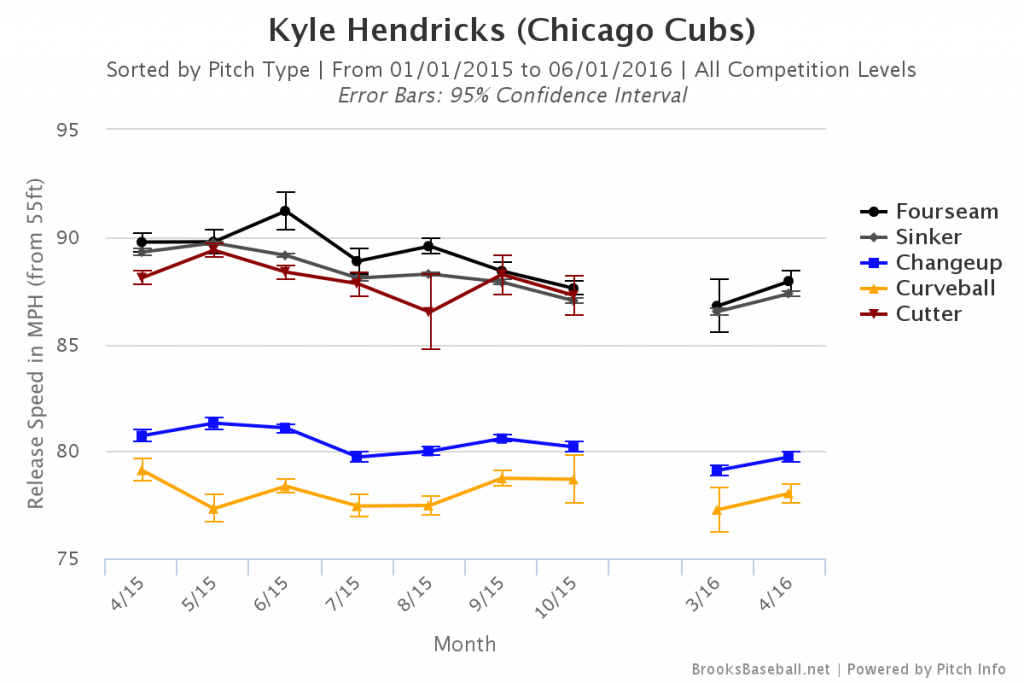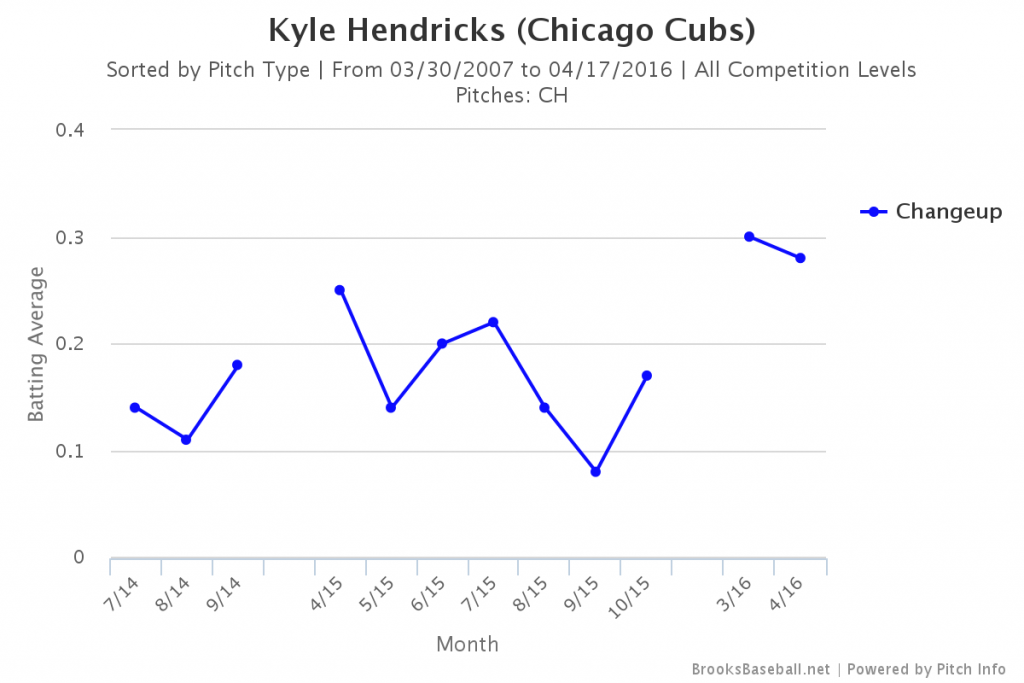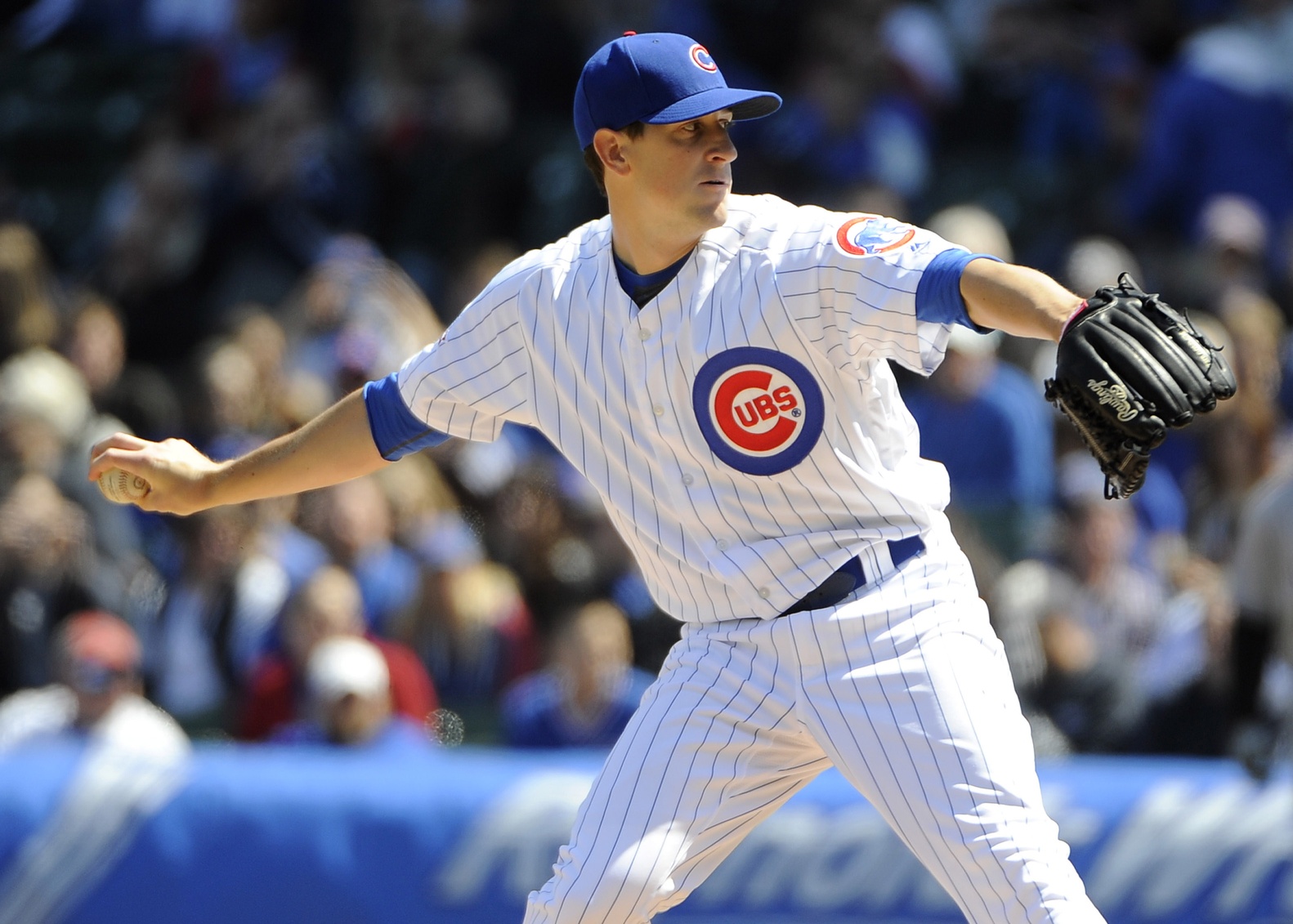About a year ago, my wife became pregnant with our second child, and decided she wanted to start drinking only decaf coffee. So we bought one of those fancy Keurig machines to replace our plain old coffee pot. By this point I had fine tuned that cheap, plasticky pot to brew the perfect cup of coffee, which is why I didn’t throw it away—at least not yet.
For the first couple of weeks I tried messing with the water settings, different pods, and even the BYOC (bring your own coffee) pods with varying degrees of failure. I tried everything I could think of and couldn’t make it work—the coffee just didn’t taste right. Which is why our countertop now has a fancy Keurig machine next to a cheap, old, plastic “piece of junk.”
It looks pretty janky—much to my wife’s dismay, but now we both get the cup of coffee we want.
The point is you don’t always have to have the cool, new, sexy thing to get what you want. Oftentimes, you already have exactly what you want and just need a little reminder. In this story, soft-tossing finesse pitcher Kyle Hendricks is the boring old coffee pot that brews my perfect cup of coffee and the Keurig is the team’s shiny new pitcher Adam Warren.
When the team traded away longest-tenured Cub Starlin Castro, there was a deep-seated need to rationalize the move by pushing for Warren to make the rotation. Otherwise, why did they trade a young, premium-ish talent for someone who would just sit in the ‘pen (first half of 2015, cough cough)?
Not only that, many have been quick to include Hendricks in trade scenarios for an elite starter for the playoffs (not sure where that player falls into my analogy…the latest and greatest Keurig model?).
And I get it: as a baseball player, Hendricks isn’t sexy. He doesn’t throw hard and his best pitch is a change-up. He “gets by” on control, location, deception, and knowing the tendencies of the hitters he’s facing. If Hendricks were a car he’d be a Ford Focus.
Let me be frank here—I was one of the people entertaining the idea of including Hendricks in a trade for a potential number 2-3 starter (say, someone from the Indians or A’s). And then I got to thinking about what Hendricks has done so far, how old he is, and what the future might hold for him. And in much the same way I held on to my old coffee pot, I think the Cubs should hold on for a little while longer before they consider moving him.
In this piece, we’ll take a look at how well he’s “gotten by” so far, what the future holds for him, and whether or not that changes how we view his future on the North Side.
Let’s start off by looking at Hendricks’s 2015 season. He got 32 starts, pitched 180 innings, and flashed some very good peripherals (3.36 FIP, 2.2 BB/9, 8.4 K/9, and a 1.161 WHIP). How good is that relative to the rest of the league in 2015? I was curious, so I asked the Internet to show me all pitchers in 2015 that put up roughly those numbers (2.5 BB/9 or less, 8 SO/9 or more, 3.50 FIP or less, 160 innings or more), and here’s what the Internet said:
| Player | FIP ▴ | BB/9 | SO/9 | IP | Age |
| Clayton Kershaw | 1.99 | 1.62 | 11.64 | 232.2 | 27 |
| Jake Arrieta | 2.35 | 1.89 | 9.28 | 229 | 29 |
| Gerrit Cole | 2.66 | 1.9 | 8.74 | 208 | 24 |
| Jacob deGrom | 2.7 | 1.79 | 9.66 | 191 | 27 |
| Chris Sale | 2.73 | 1.81 | 11.82 | 208.2 | 26 |
| Zack Greinke | 2.76 | 1.62 | 8.08 | 222.2 | 31 |
| Max Scherzer | 2.77 | 1.34 | 10.86 | 228.2 | 30 |
| David Price | 2.78 | 1.92 | 9.19 | 220.1 | 29 |
| Carlos Carrasco | 2.84 | 2.11 | 10.58 | 183.2 | 28 |
| Madison Bumgarner | 2.87 | 1.61 | 9.65 | 218.1 | 25 |
| Dallas Keuchel | 2.91 | 1.98 | 8.38 | 232 | 27 |
| Jon Lester | 2.92 | 2.06 | 9.09 | 205 | 31 |
| Corey Kluber | 2.97 | 1.82 | 9.93 | 222 | 29 |
| Matt Harvey | 3.05 | 1.76 | 8.94 | 189.1 | 26 |
| Michael Pineda | 3.34 | 1.18 | 8.74 | 160.2 | 26 |
| Kyle Hendricks | 3.36 | 2.15 | 8.35 | 180 | 25 |
Wait—Madison Bumgarner was just 25 years old last year and has already thrown nearly 1,200 innings? Wow. OK back to Hendricks: when you look at the company he’s in and how old he is, it’s pretty clear he didn’t just have an “OK” season—he was borderline spectacular. And yes, I realize I’m cherry picking numbers and Hendricks just barely makes it into this group, but still, he did. You’ll also notice that Jon Lester and Jake Arrieta are both on this list. Odd as it may be, the Cubs have their top two starters and 2016’s number 5 starter on a list of very distinguished pitchers.
Well done, Theo.
That’s great for Hendricks and it tells us he has the potential to put up very good numbers, but what we’re concerned about here is the future. While Hendricks had a very good 2015, we can’t very well expect him to keep churning out these kinds of seasons, can we? Let’s take a look at what the different projection systems think Hendricks will do in 2016:
| BB/9 | SO/9 | FIP | IP | |
| PECOTA | 2.4 | 7.81 | 3.55 | 131.1 |
| Steamer | 2.22 | 7.18 | 3.67 | 131 |
| ZIPS | 2.18 | 7.08 | 3.53 | 151 |
| Average Projections | 2.27 | 7.36 | 3.58 | 138 |
| 2015 Numbers | 2.15 | 8.35 | 3.36 | 180 |
So that’s slightly worse that last year, but still a pretty good pitcher. And a really good number 5 starter. You’ll notice that the projections all have Hendricks throwing way fewer innings than last year, but I wouldn’t put much stock into that. He doesn’t have the history that many other 26-year-old pitchers have of throwing lots of innings in the Major Leagues, and the projections seem to do this for most pitchers anyway.
Now let’s shift our focus to the best-case scenario for Hendricks. Here’s the 90th percentile forecast from PECOTA for the rest of Hendricks’ 2016 season:
| BB/9 | SO/9 | FIP | IP | DRA | WARP | |
| PECOTA 90th Percentile | 2.06 | 7.83 | 3.29 | 148.1 | 2.93 | 3.2 |
It’s interesting to note that PECOTA, even at its most optimistic, doesn’t see Hendricks’ striking guys out as much as he did in 2015. This is probably one of those times where both scouts and robots look at a player and think, “he just doesn’t throw hard enough, there’s no way he can keep this up.”
So the projection systems aren’t very bullish on Hendricks, so let’s try to dig up some reasons why we should be bearish on his future, and let’s start with velocity.
We already know Hendricks doesn’t throw hard, but how is his velocity looking relative to last year? Well, now that you mention it, his velocity is down a couple miles per hour:

Normally, that wouldn’t be much of a concern, but with a guy like Hendricks that can’t quite crack 90mph, it is—a couple miles per hour can make a pretty big difference. On the plus side, he’s managed to keep that sinker/change-up differential pretty steady at 8mph, which is where he was most of last year. The problem is that, if all his pitches stay at this slower speed, it gives hitters more time to square them up, and that’s been an issue for him. Some of you may have noticed that his velocity, while low, is pretty close to what it was at the end of 2015, when Hendricks was spectacular (his control was too). Did he figure out some way of pitching slower that gives him more control and allows him to conquer big-league hitters? While it’s certainly possible, I think it has more to do with his .233 BABIP in September and October.
From that list of very good pitchers I opened this article with, Hendricks had the second-worst slugging against at .380, allowing 17 HRs. If hitters have more time to wait and stay back on his change-up, it’s entirely possible that number goes up and his other peripherals take a hit.
And let’s not fool ourselves here: if Hendricks has one elite tool in his arsenal, it’s that change-up, so if there’s any degradation there it could spell big trouble for a guy like him. Small-sample warning alert! Here’s what hitters have done against his change-up in his career:

As you can see, they seem pretty comfortable with this slower change-up. Not only that, Hendricks seems to be getting more of the plate than he did last year, which is likely another reason why hitters are teeing off on his best pitch.
After reading all of that, you might be thinking, how can he have such good numbers through two starts (1.76 FIP, to pick one) if he’s throwing softer and his best pitch has been less effective? Well, here’s the thing: Hendricks has walked just one batter in 12.2 innings so far (0.71BB/9). And he’s yet to allow a home run, so he’s been very good at limiting the damage despite the velocity drop. Neither one of those two stats, however, is sustainable.
After reading all of that you might be thinking it’s time to get rid of this old coffee pot I call Hendricks and get Warren ready for the rotation, right? But the season is just getting started, and we shouldn’t lose sight of the fact that Hendricks was very good in both 2015 and in 2014, so let’s give him the benefit of the doubt.
There are two other stats we haven’t discussed yet: 26 and $541,000. Hendricks is still a young guy making a hair over the minimum salary. If you go back to that list of pitchers I opened with, you can make the case that Hendricks and Michael Pineda are pretty close together at the bottom of that list. Pineda, of course, can dial it up to the mid-90s, but he’s making over $4 million and will be a free agent in 2018, while Hendricks isn’t eligible to test the market until 2021.
It’s not as sexy as a 95 mph heater, but Hendricks has the edge there. There are enough indicators saying the Cubs should hold on to Hendricks for the time being. So what’s the final word on Hendricks? Here’s what we know: he’s been very good so far, is still young, and is under team control for very little money. He’s a very good number 5 starter on a very good team. As for his long-term value, there are some things I’m going to keep an eye on before I make up my mind, and I think you should too.
Can he still hit 89 mph or has he really lost last year’s already-unimpressive velocity? Can his change-up continue to get the whiffs he needs to get him out of trouble? If those indicators trend green this season, Hendricks is an asset the Cubs should hold on to at all costs unless a once-in-a-generation opportunity comes up. With that, I have to go—time for a coffee break.
Lead photo courtesy David Banks—USA Today Sports.

Interesting stuff — well done. Was only able to read the first half, but will dive in deeper later.
This was a fantastic article, nice work.
Thanks DT!
I like the analogy but it’s not completely accurate. While true Warren was brought in to challenge Hendricks (and Hammel for that matter) the trade involving Castro was more to make room for Zobrist. The byproduct is strengthening the pitching staff.
That said, I’ve always hoped Hendricks would become Greg Maddox 2.0. It’s doubtful but if he stays on his current trajectory he’ll be a constant presence in the Cubs rotation.
Fair point, but many fans saw the move and expected to get some serious value from Castro. All that being said, I think the Cubs did pretty well.
Guilty as charged – I wanted and expected Warren to supplant Hendricks. After reading this article I am convinced that Hendricks is worthy of a rotation spot!
Favorite part of article – If Hendricks were a car he’d be a Ford Focus.
Interesting to see how all the projections have Hendricks performing worse in all statistical categories following 2015, in spite of his young age. Methinks he will prove projections erroneous (at least I’m hoping).
A+ article. You’re on fire with back to backs this week!
Thanks again Tommy! Of course he went out and didn’t have the best outing, but we’ll see how the season progresses. Glad you liked the focus analogy. In an eagle-eyed draft it was comparing him to David Eckstein… Which didn’t feel right.
Yeah, rough outing, but let’s be honest, it could have been so much worse!
On a side note, the umps weren’t giving the Cubs any breaks in the last 2 games of the series, either, but maybe I’m just whining.